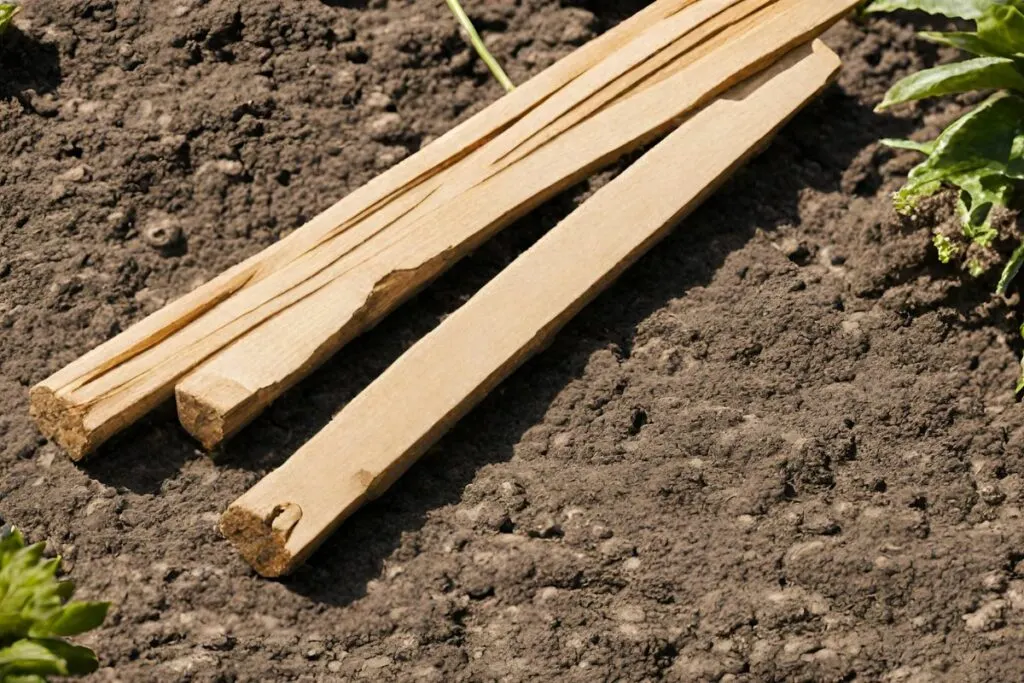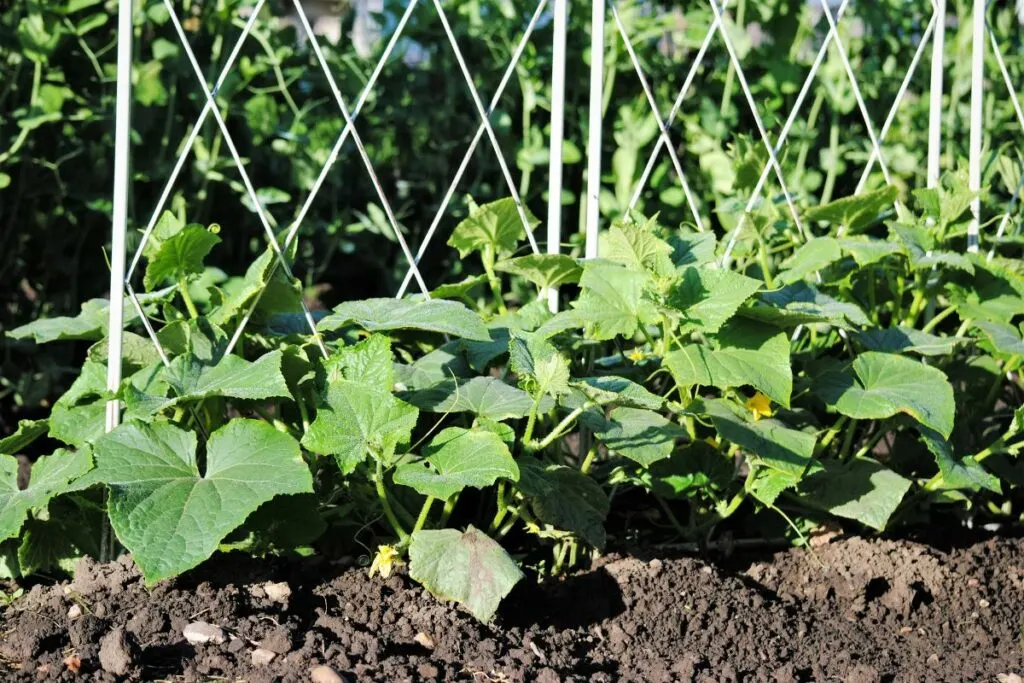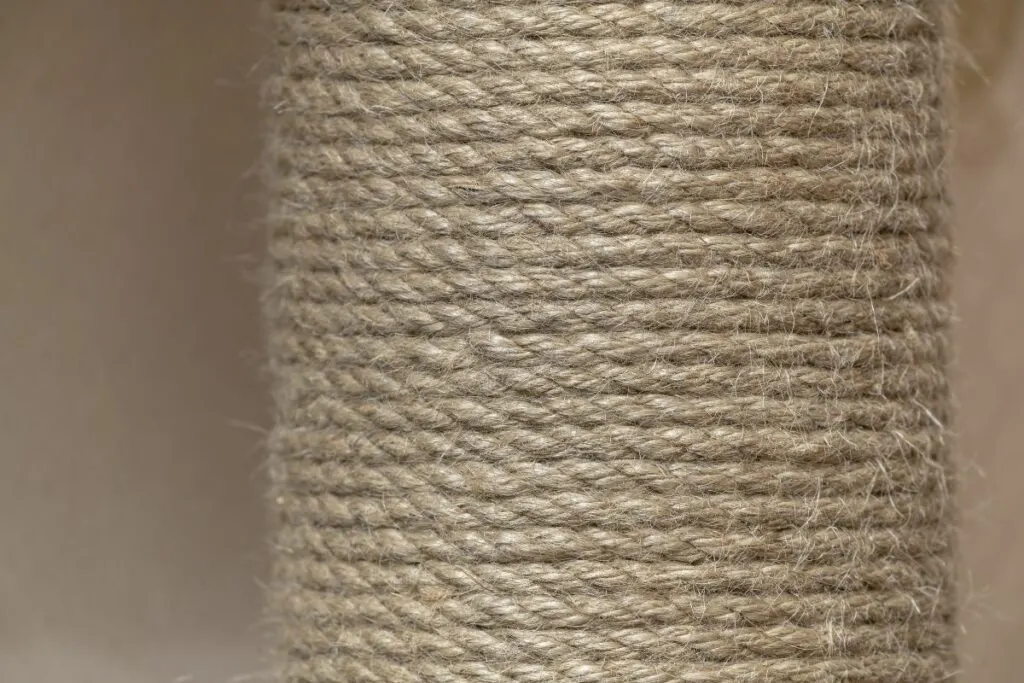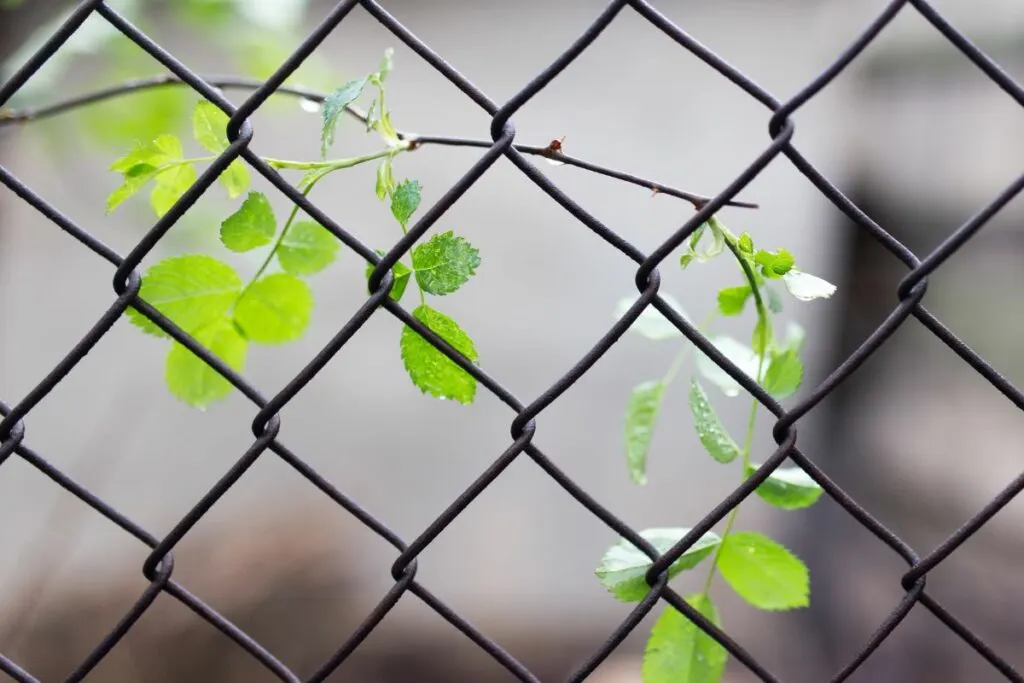Seeking moss pole alternatives for your climbing plants? Discover a variety of creative and effective options to support and enhance your indoor greenery!
You know how some of our leafy friends, such as philodendrons, pothos, and monstera, need support to grow strongly and steadily?
While moss poles are a common go-to, they’re not always the best pick for everyone’s indoor garden.
They can be a bit messy and tricky to set up, and let’s not forget the hit they can make on our wallets – not to mention they need almost as much care as our plants!
But, don’t you worry! There are plenty of moss pole alternatives that can get the support job done while saving you the cons!
In today’s article, we’re exploring 12 ways to replace a moss pole and achieve healthy growth of your indoor potted houseplants.

12 Moss Pole alternatives

1. Coir Poles
These are made from the external fibrous layer of coconut, also known as coco coir or coco fiber.
To make a coir pole, you need to wrap the coco fiber around a support pole made of wood or PVC.
From there, you get a budget-friendly, long-lasting moss pole alternative with similar water retention properties.
Plus, coir poles are also less messy, easier to install, and less fussy when it comes to maintenance.
However, they’re more rigid with high salt production capacity.

2. Bamboo Poles
Talk about going natural! Bamboo poles are not only sustainable but also strong enough to support your indoor plants.
Offering a long list of advantages, bamboo is pest-resistant, produces more oxygen than trees, removes water nitrogen, and prevents soil erosion by serving as a water barrier.
Not to mention, bamboo poles are more aesthetically pleasing!
That said, the cons of bamboo poles include:
- Being prone to fungal infection
- The possibility of piercing roots
- Shrinking beyond treewood limits

3. Wooden Stakes
If you’re thinking about staking, one of the go-to options should be wooden sticks or stakes.
These can save you some money while lasting a generous time. You’ll also find them easier to handle and install, as well as less demanding for upkeep and less susceptible to damage.
You can use wooden stakes as they are, along with some garden tape to fasten the plant onto the stick, or as a foundation for a more elaborate pole structure by wrapping jute, coir, or moss around it.
Just a heads up, they’re not the best at fighting off pests and can be a bit flammable.

4. Tree Branches
Ever come across a tree branch on a hike or near a construction site? That could be your perfect moss pole substitute!
These branches are super sturdy for plants with larger leaves, eco-friendly, and basically free!
Before using a branch, you need to clean off any debris or excess foliage and trim the branch at the bottom to ensure an upright posture.
Similar to wooden stakes, tree branches are vulnerable to pest infections and are a fire hazard.

5. Wooden Planks
Wooden planks are way easier to find and install than tree branches, and they give off a charming, natural vibe.
Place the board/plank in the pot before adding the soil and the plant to keep its roots safe and undisturbed.
Smooth out any sharp bits, and go for rot-resistant wood like mahogany or cedar.

6. Plastic Trellis
On a budget but still want something effective? A plastic trellis might be your answer.
They require zero maintenance and can look pretty good in your garden.
They’re also resistant to pests and weather elements, including humidity and UV rays, meaning they can last for a very long time.
Be sure to choose an appropriate plastic trellis size for your plant’s weight.
7. Bamboo Trellis
If you want something a bit stronger than bamboo poles or stakes, check out bamboo trellises.
You can make your own or grab a ready-made one.
They’re eco-friendly, don’t mess with the soil, and can hold up heavier plants while rocking a rustic look.
8. Wire Trellis
Chicken wire trellis is super common and great because it’s easy to install, bendy, and wallet-friendly.
Wire trellis also offers greater strength for supporting larger plants and features small holes that promote natural latching.
Keep in mind that a wire trellis requires proper weaving to stay upstairs and deliver the needed support, as the wires by themselves are pretty flimsy.

9. Jute Poles
Easier to whip up with more readily available components, jute poles are a simple, mess-free alternative to moss poles.
They’re also sleek, strong, eco-friendly, and long-lasting.
Choose a sturdy core such as coir or bamboo, then trim it to an appropriate size for your plant before wrapping the jute around it.
Make sure to start wrapping above the soil as jute becomes weaker and prone to microbial attacks under constant exposure to moisture.

10. Metal Mesh
Commonly featured in tomato crops, this moss pole alternative is typically made out of reinforcement mesh or sheep wire.
It’s particularly useful for supporting bushy, tall plants thanks to its robust construction and subtle appearance.
11. Metal Pipes
Usually steel pipes, they’re super durable, corrosion-resistant, and strong enough to withstand high pressure from heavier plants.
But, they can get hot in warm weather, are a bit pricey, and don’t offer any plant-nourishing benefits or flexibility after you set them up.
12. PVC Pipes
Similar to metal pipes, PVC pipes are sturdy and firm.
They’re resistant to pests, rot, and weather elements while being easy to set up, reusable, and aesthetically pleasing.
However, PVC pipes are prone to cracks and can retain heat to the point of melting. Additionally, plastic can leach harmful chemicals into the water.
Before you go…
One of the best things about gardening is that there’s always another way to resolve an issue.
In case you don’t have or don’t want to use a moss pole, today’s guide shows you 12 moss pole alternatives.
They’ll keep your climbing plants supported and your indoor garden looking fabulous.
For more information about indoor potted houseplant care and support, check out our free printable houseplant quick start guide!
Thanks for reading!


Hey there, I’m Morgan, a houseplant enthusiast from sunny Charleston, South Carolina. Growing up surrounded by my mom’s lush orchids and African violets, I discovered the magic of bringing nature indoors. Thanks to the pandemic, I delved deeper into houseplants, discovering their power to uplift moods and transform spaces. I’m here to spill all my secrets, helping you pick the perfect houseplant – and make it happy. Let’s keep your plants alive, together! 😊
